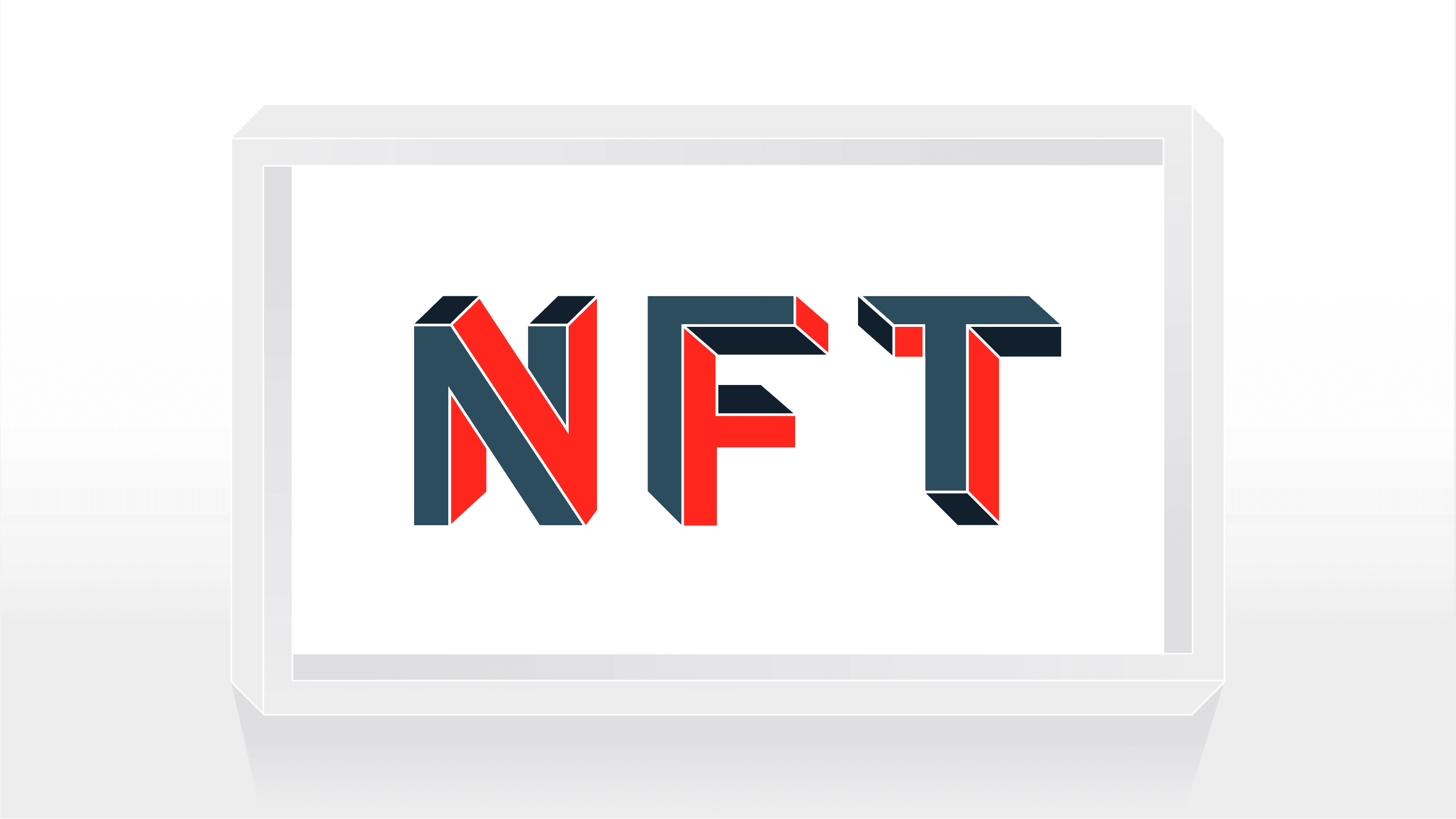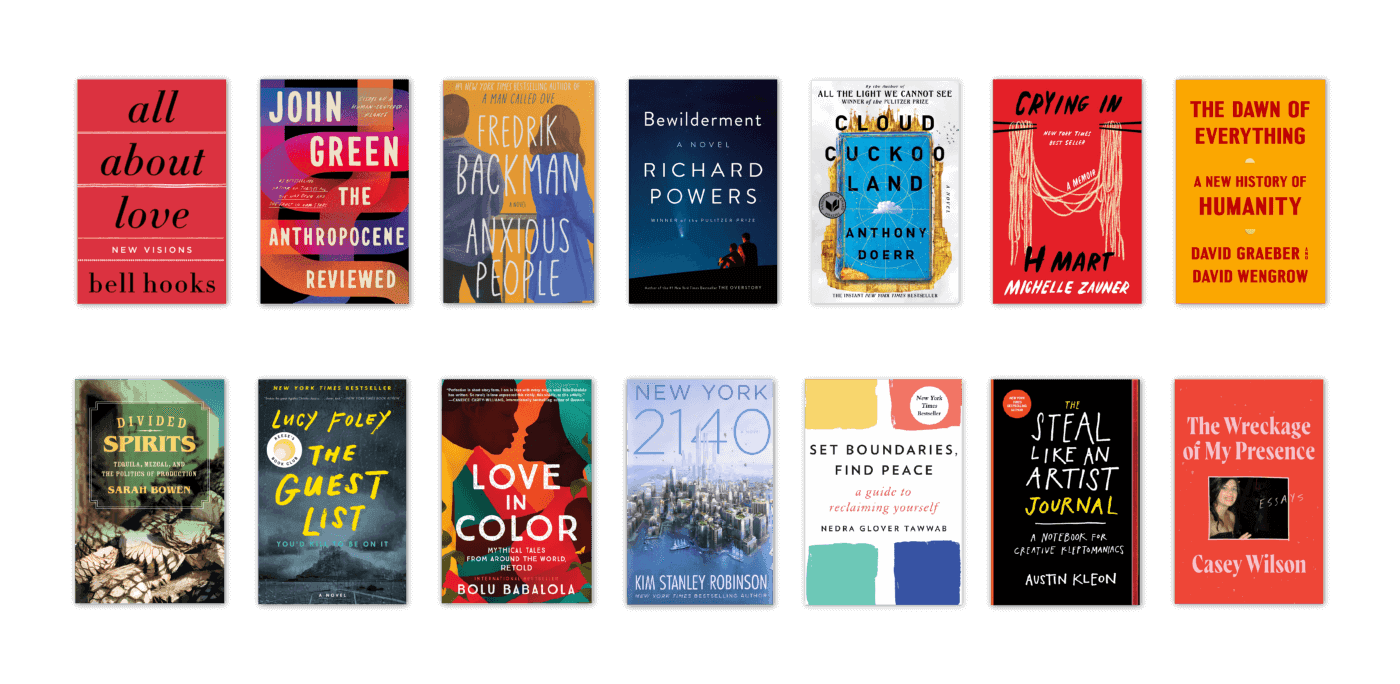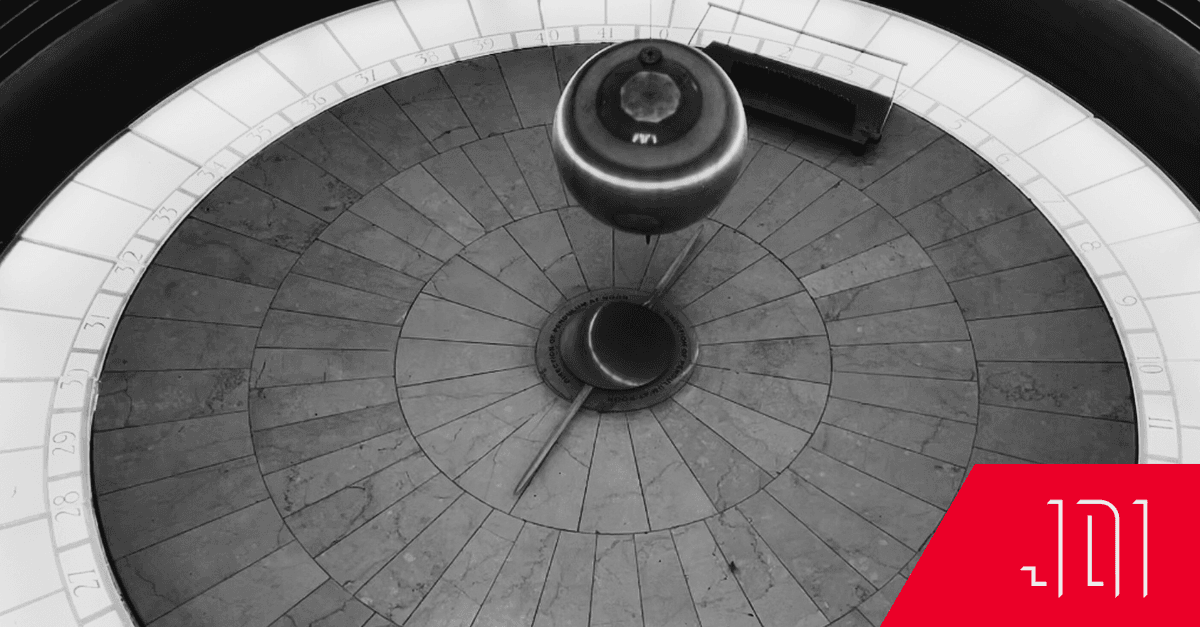Can Crypto Reshape Art? Not Without Fixing One Major Flaw

As an artist and someone following the development of crypto technology, the explosion of the popularity and sale of NFTs that took place earlier this year was an exciting spectacle to my eyes.
Like many, I was ambivalent watching crass low-thought (sorry, Beeple) rendered art being sold for millions of dollars. Some publications and Twitter enthusiasts proclaimed that we had arrived and that art had been changed forever. Others, bewildered, were shouting “it’s just a GIF” at their computer screens. We were watching a bubble. I made some popcorn.
Act I, Scene I has come to a close, let’s assess the damage.
At their height in early May, while ETH was trading at record highs, 7-day NFT sales reached $176 million and have since tapered off to a cool $10 — $20 million/ week in the past month and a half. Compared to a baseline of around $2 million/week leading into 2021, this is a remarkable new status quo if it sticks.
However, while the flat sales of NFTs were plenty to feast your eyes on, I thought they were ultimately less exciting than some of the more unusual innovations at the intersection of art and the blockchain. Our CEO, Josh, wrote a piece on this for his substack based on some conversations we had around JDI on this topic.
The “it’s just a GIF” crowd had a point. NFTs for the most part were just replicating the dynamics of traditional art sales. Customer X buys piece Z from famous artist Y, with a digital twist. Ooo-la-la, whoopty-do.
For this reason, some of the more exciting platforms to us were Async Art, which expanded NFTs into a new digitally-layered medium, Niftex, allowing for the fractional trading of NFTs, and Vezt, selling blockchain enabled Initial Song Offerings (ISOs) where fans can buy shares of a song’s royalties.
Art has a notorious long-tail problem, probably as old as fingerpainting. A few artists get exorbitantly rich while most embody the stereotype of the starving artist, with little middle ground to speak of.
Art and music also have historically been feeding grounds for middlemen: galleries, platforms, labels, managers, agents, venues, lawyers, and various other vultures. I joke. These parties provide valuable services, but too frequently the artist is left with little in hand. You can hear Mick Jagger explaining this in more scientific terms in 1969.
My interest, and the interests of other artist and musician friends (mostly striving residents of the long-tail), has been how it could be possible to move more talented artists from the long tail too at least earning livable income through their work.
Technology has already been a great accelerant of this process, with platforms like Etsy, Youtube, TikTok, Patreon, and Spotify providing new ways for artists without access to traditional institutions to grow followings and succeed. Though they’re a step in the right direction, these platforms often recreate the same long-tail dynamics while wielding outsized power over their atomized artists. Many wind up prioritizing the interests of advertisers over their creators.
Yet, I believe we’re still mid-swing in a change in market power that favors the decentralized artists and oddly enough, crypto might be the unexpected windfall the artist has been waiting for.
Some of the possibilities here include distributed autonomous organizations (DAOs) that allow artists to collectively bargain, or distributed platforms that are governed by their users. This space is in its infancy, yet there are already some interesting companies popping up including Audius and Odysee. The tip of the creative iceberg has hardly been grazed.
As someone with a glimpse into the inside of the economics of visual and audio artists, the current creator economy isn’t something that I would wish upon everyone at once, however, I’m confident that we’re heading in the right direction.
There’s just one nagging problem.
The average person still recoils at the mere mention of crypto. Part of the reason there’s so much skepticism, perhaps even resistance, to these emerging technologies for creators is a communication failure of grand proportions.
The fatal flaw in this space? Companies try to explain how NFTs work, their relationship to the blockchain, and then the user jumps through a series of hoops to begin using the platform. But as we’ve always said at JDI: don’t tell me what you do… tell me what you do FOR ME.
When the narrative leads with the underlying technology and the mechanics of the product, the customer is by definition ancillary to the whole endeavor. Imagine Steve Jobs introducing the first iPhone by opening with an hour long explainer about each component of the phone and how it works. When he finally turns the thing on in hour two, do you think anyone is on their feet and clapping?
Of course not. The platforms of the Creator Economy 1.0 arose with messages like “Broadcast yourself,” “Music for everyone,” “Bringing you closer to the people and things you love.” If new platforms are to surpass the current behemoths dominating these categories, they need to shift their marketing focus from the technology they’re using to the people they’re serving, fans and artists alike.



